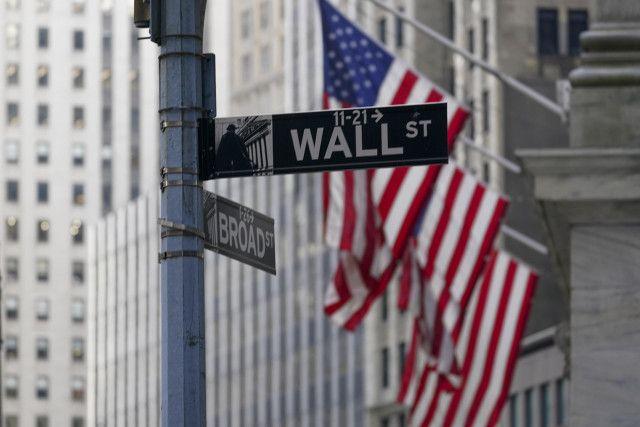"Portable Wi-Fi" Review
25/03/2022

Smart city image (image: photo AC).

A new city planning is still underway throughout the country. In particular, the discussion of the smart city, which has become a declining population in the future, has been thriving. [Image] "Five issues for smart city promotion" Smart City includes "ICT (information and communication technology) and AI (artificial intelligence), human flow, consumption trends, and land and facilities. Utilizing big data, it refers to a city that efficiently manages and operates infrastructure (social infrastructure) such as energy, transportation, and administrative services. A city that is built using 5G and advanced technology will certainly be an easy -to -live "ideal city", and residents must be released from various stress. In particular, mobility is the key to realizing these cities. However, most urban planning does not proceed as scheduled. This is the same, whether new development in areas with a small population or redeveloping cities where the population is already concentrated. As a result, "things that have been built but are abandoned" appear everywhere in the city, and they are somewhat specialized as "phantom XX". Currently, there are many cases in Tokyo. There are many structures that are not currently used in the Tokyo subway, which are called phantom stations and phantom platforms. These are originally well -known, and they will be published at events, so they will talk about TV or Internet every time. Although it is a "illusion", the reality is just a "tourist destination where the opportunity to visit is restricted". Among them, the most famous "phantom" is the former Shimbashi Station platform. This home was related to the construction of the subway in Tokyo. When the construction of the subway began in Tokyo in the early Showa era, the Tokyo Subway Railway (now Tokyo Metro) led by Tokuji Hayakawa (now Tokyo Metro) aimed at Shimbashi from Asakusa, the Tokyo High Speed Rail of Tokyu's founder Keita Goto from Shibuya. At this time, the Tokyo High Speed Rail had a license from Shimbashi to Shinjuku. For this reason, the train from Shibuya was planned to return to Shinjuku at Shimbashi Station. By the way, to improve the convenience of this transfer, the platform of the current Marunouchi Line and Ginza Line at Akasaka Mitsuke Station.
次ページは:「幻」のホームが生まれた経緯最終更新:Merkmal